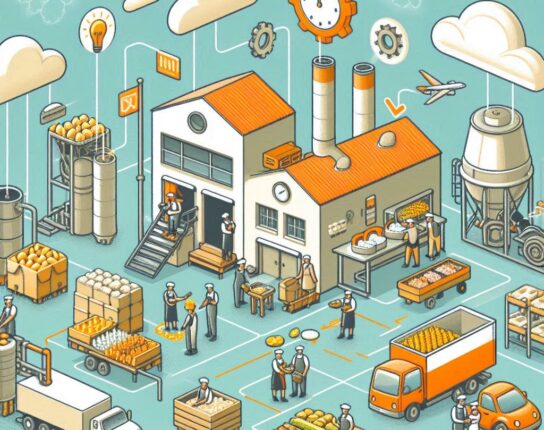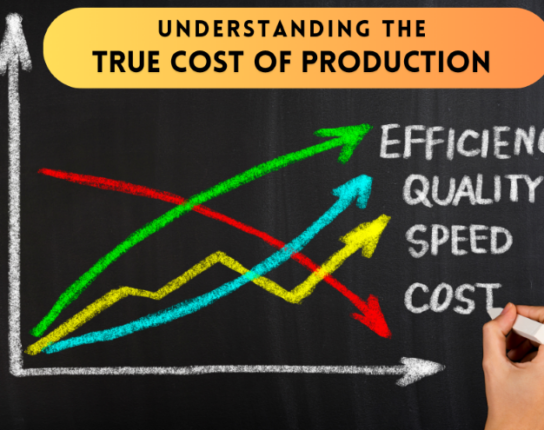As much of the world comes together in some semblance of self-isolation, we also look forward to the time when things can begin to get back to “normal”. But what does “normal” look like in the food industry post of COVID-19? And how can the perishable food industry best adapt to these changing times?
Maintaining a Healthy Workforce
We recently shared some tips for preparing your workforce for re-opening, with a special emphasis on maintaining physical and mental health. Workplace safety and cleanliness will only become more important as time goes on; staying vigilant in terms of reviewing and implementing food safety guidelines will be of the utmost importance for all aspects of the food industry. While most often this manifests itself in terms of manufacturing safety protocols, it is important to remember that both employees and customers have been affected mentally by this ongoing pandemic. The availability of food products is a strong marker of a society’s collective wellbeing, which means that the success of businesses in the food industry affects more than people’s physical needs. Employees may feel higher levels of stress while attempting to work in a socially-distanced environment, which means that employers need to be prepared to invest more fully in the mental health of their workforce.
Restructuring Daily Operations
The current social distancing measures have clearly already had a profound impact on the food industry, and we expect this to continue moving forward. Providing the safest workspace for employees means assessing which employees can best accomplish their tasks in which environment. Hands-on manufacturing teams might scale down in size in order to reduce the number of people on the floor. Office workers and sales staff might work on-site one or two days per week and work from home the remainder of the time. Communication with vendors is more easily done remotely in order to continue limiting the amount of contact exposure. Restructuring daily operations in this way will undoubtedly affect productivity; the challenge will be finding the balance between maintaining employee safety and maximizing output in a market that is seeing increases in demand.
Anticipating Changes in Buying Habits
Getting products from point A to point B can become challenging in and of itself, but what happens when your products arrive at their destination? Consumer buying habits have become increasingly difficult to predict, with stores running out of products one week but tossing surplus the next. In the wake of COVID-19, data collection becomes even more important, as artificial intelligence can help businesses predict buying trends, while also assessing potential disruptions to the supply chain. We can also expect a continuation of a trend we are currently seeing, which is an uptick in sales among direct-to-consumer (D2C) brands.
Keeping Up with Technology
As the world transitions more quickly than ever into the digital world, expect some of those changes to become permanent. People are becoming more comfortable with video calls and group chats; those might continue to a large degree in lieu of in-person meetings. Plant tours, vendor visits, even industry conventions might remain in digital space, both because of the increase in personal safety and also because of the lower costs involved. Businesses would do well to view these online experiences as not just a temporary solution, but potentially as a new normal for how group communication is done. And while we are on the subject of digital environments, this would be a great time to beef up online storage and security in order to maintain critical digital infrastructure without disruption.
Planning for the Future
While we cannot predict the future, some of the changes that have already occurred can provide a great deal of insight as to what to look for in the times ahead. Maintaining a healthy and safe workplace, examining current trends in order to make increasingly accurate future plans, and fully investing in the digital tools at our collective disposal will go a long way toward positioning businesses in the food industry for a successful future.










